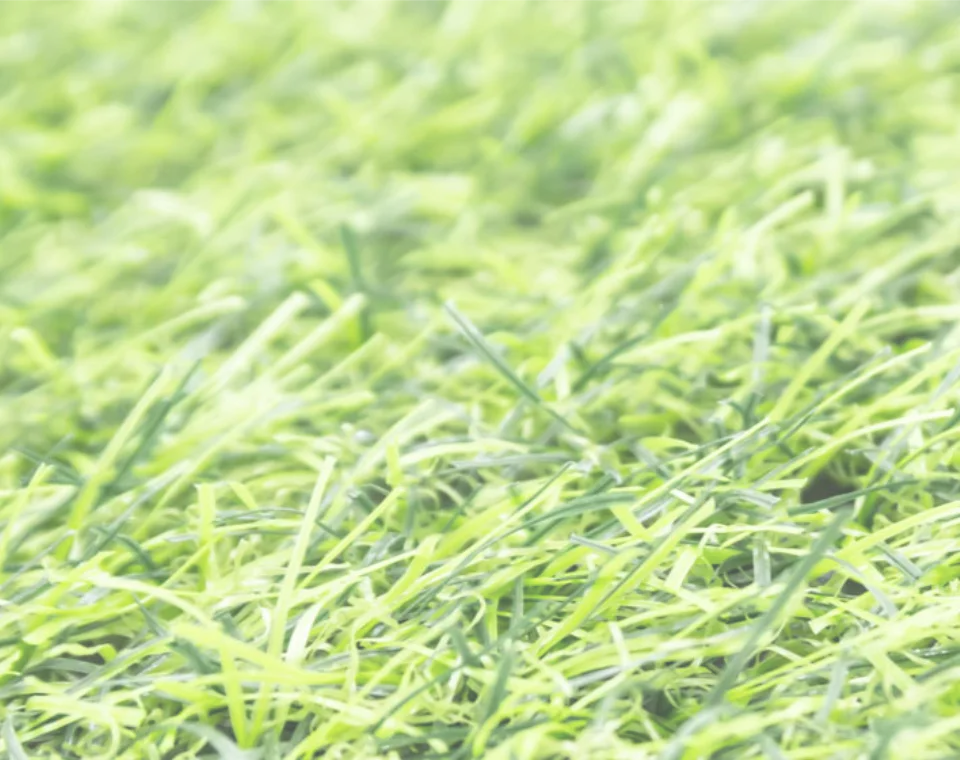
- Afrikaans
- Arabic
- Belarusian
- Bengali
- Czech
- Danish
- Dutch
- English
- Esperanto
- Estonian
- Finnish
- French
- German
- Greek
- Hindi
- Hungarian
- Icelandic
- Indonesian
- irish
- Italian
- Japanese
- kazakh
- Rwandese
- Korean
- Kyrgyz
- Lao
- Latin
- Latvian
- Malay
- Mongolian
- Myanmar
- Norwegian
- Persian
- Polish
- Portuguese
- Romanian
- Russian
- Serbian
- Spanish
- Swedish
- Tagalog
- Tajik
- Thai
- Turkish
- Turkmen
- Ukrainian
- Urdu
- Uighur
- Uzbek
- Vietnamese
fake grass on football fields
Oct . 20, 2024 07:16 Back to list
The Impact of Fake Grass on Football Fields
In recent years, the use of synthetic turf, often referred to as fake grass, has grown significantly in the world of sports, particularly in football. This artificial surface offers a myriad of advantages over traditional grass, including durability, lower maintenance costs, and consistent playing conditions. However, the transition to fake grass on football fields has sparked a variety of discussions regarding its benefits and potential drawbacks.
Advantages of Synthetic Turf
One of the most compelling advantages of fake grass is its durability and longevity. Unlike natural grass, which requires regular maintenance, watering, and specific weather conditions to thrive, synthetic turf can withstand extensive use without deteriorating. This resilience makes it an appealing choice for football fields that endure multiple games and practices each week, regardless of the season.
Moreover, the maintenance costs associated with synthetic turf are significantly lower than those for natural grass. Traditional grass fields require mowing, fertilization, irrigation, and pest control, all of which can add up to substantial expenses over time. With synthetic turf, these requirements are minimized, allowing schools and sports organizations to allocate their funds more efficiently.
Additionally, fake grass provides a consistent playing surface. Natural grass can become uneven and muddy during wet weather, leading to potential injuries for players. In contrast, synthetic surfaces remain stable and predictable, reducing the risk of slipping or losing footing. This reliability is crucial in football, where the fast pace of the game demands a high level of performance and safety.
Environmental Considerations
fake grass on football fields

While the benefits of synthetic turf are numerous, concerns about its environmental impact have emerged as a significant discussion point. Critics argue that artificial grass is made from non-biodegradable materials, which contribute to long-term pollution. The production of synthetic turf also involves the use of fossil fuels, raising questions about sustainability.
Furthermore, the disposal of worn-out turf is an issue, as it often ends up in landfills, where it can take centuries to decompose. Some companies are responding to these concerns by developing more environmentally friendly materials and recycling programs for old turf. As awareness of environmental issues continues to grow, it’s essential for manufacturers and stakeholders in the football community to prioritize sustainable practices.
Health and Safety Concerns
Another area of concern regarding fake grass is its impact on player health. Some studies have suggested that synthetic turf can lead to a higher incidence of certain injuries. The hardness of the surface may contribute to an increased risk of joint injuries, as well as abrasions and burns that can occur from contact with the ground. Additionally, the heat retention of artificial turf can lead to uncomfortably high surface temperatures on sunny days, potentially resulting in heat-related illnesses for players.
There are also discussions about the materials used in synthetic turf, particularly concerning the infill, which often consists of rubber pellets made from recycled tires. While these materials are popular due to their cushioning properties, there have been ongoing debates about their safety. Various studies have tried to assess the potential health risks linked to these materials, leading to varying conclusions. Further research and clearer guidelines are essential to ensure player safety and address parent and player concerns.
Conclusion
In conclusion, the rise of fake grass on football fields represents a significant shift in how sports facilities are developed and maintained. The advantages of synthetic turf – including durability, reduced maintenance costs, and consistent playing conditions – are appealing to many sports organizations. However, the environmental implications, as well as health and safety concerns, cannot be overlooked. As the debate continues, it is crucial for stakeholders to engage in meaningful discussions that balance the benefits of synthetic turf with the potential risks. By pursuing innovative and sustainable practices, the football community can create a safer and more environmentally responsible future for the sport.
-
The Benefits of Artificial Turf for Indoors
NewsJul.15,2025
-
How Artificial Grass Suppliers Ensure Quality Products
NewsJul.15,2025
-
Artificial Grass and Pets: A Space for Relaxation
NewsJul.08,2025
-
Balcony & Outdoor Decoration with Artificial Grass
NewsJul.08,2025
-
Best Indoor Artificial Grass for Home
NewsJul.07,2025
-
Best Pet Turf for Dogs: Safe & Durable Artificial Grass Options
NewsJul.07,2025
Products categories









